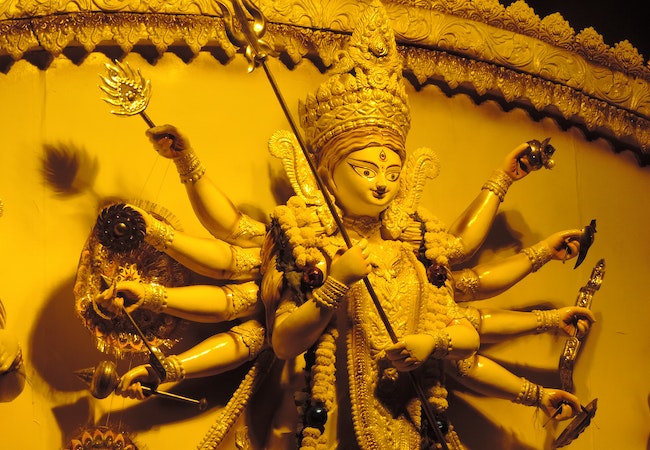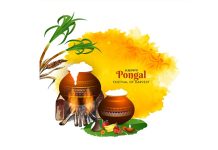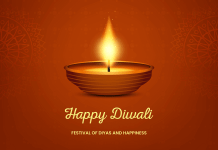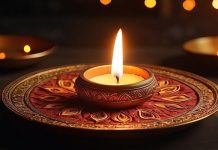Mahalaya Amavasya, also known as Pitru Paksha Amavasya, is an important Hindu religious observance that falls on the new moon day in the month of Bhadrapada (usually in September or October), according to the Hindu lunar calendar. This day marks the beginning of the Pitru Paksha period, which is a 15-day lunar fortnight dedicated to honoring and offering prayers to one’s ancestors, especially deceased parents and forefathers. Beyond this, Mahalaya Amavasya holds a unique connection with the upcoming grand celebration of Durga Puja, especially in the cultural heartland of West Bengal.
Mahalaya Amavasya: An Ancestral Reverence
The term “Mahalaya” translates to the grand arrival, and indeed, it signifies the arrival of the souls of deceased ancestors to the earthly realm. This belief underpins the spiritual practices and rituals observed on this day. For Hindus, honoring and remembering one’s ancestors is a sacred duty, and Mahalaya Amavasya provides the perfect opportunity to do so.
Rituals and Customs:
On this day, people perform a series of rituals to express their love, gratitude, and reverence for their forebears. One of the most common customs is offering “tarpan,” which involves the pouring of oblations of water into sacred rivers or water bodies, symbolizing the offering of blessings and sustenance to the souls of the departed. This act is seen as a way to ensure the well-being of one’s ancestors in the afterlife.
Mahalaya Tarpanam:
One of the essential rituals associated with Mahalaya Amavasya is “Mahalaya Tarpanam.” Families gather on riverbanks or near sacred water sources to perform this ritual, reciting prayers and mantras while offering water oblations. It is a deeply spiritual and emotional moment, as individuals connect with their ancestral lineage and seek to strengthen the bonds with those who have passed away.
Mahalaya Mahishasura Mardini:
In addition to the Tarpanam, another significant aspect of Mahalaya is the recitation of “Mahalaya Mahishasura Mardini.” This special audio program narrates the epic tale of Goddess Durga’s victory over the demon Mahishasura. It is a tradition for people to tune in to radio or television broadcasts to listen to this recitation, signifying the commencement of the festive season and the impending arrival of Goddess Durga.
A Prelude to Durga Puja:
For Bengalis, Mahalaya Amavasya holds particular importance, as it serves as the starting point for the elaborate preparations of Durga Puja. This grand festival, celebrated with fervor and enthusiasm, pays homage to Goddess Durga, the divine embodiment of female power and strength. During the Pitru Paksha period, artisans across West Bengal begin crafting the magnificent idols of Goddess Durga and her entourage, gearing up for the iconic Durga Puja celebrations.
Conclusion:
Mahalaya Amavasya is a day of reflection, remembrance, and anticipation. It serves as a bridge between the past and the future, connecting us to our ancestral roots while heralding the upcoming festivities of Durga Puja. It is a time when we not only honor our forefathers but also welcome the divine energy of Goddess Durga, signifying the triumph of good over evil. In the rich tapestry of Hindu culture, Mahalaya Amavasya stands as a day that reminds us of the enduring importance of family bonds and the enduring power of faith.




























































